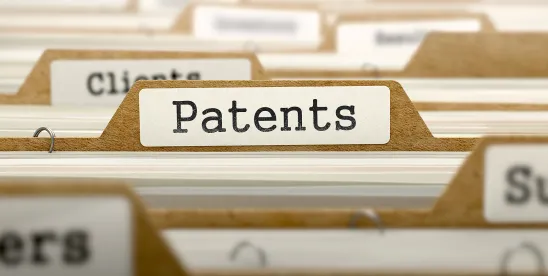The US Department of Commerce is reportedly considering a significant overhaul of the current patent maintenance fee structure, proposing a shift from the established flat-fee system to an annual, value-based tax on patents.
This proposal, under discussion by Commerce Department leadership, would impose a tax of between 1% and 5% of a patent’s assessed value each year, supplementing rather than replacing existing maintenance fees.
If implemented, this change would make the United States unique among major patent jurisdictions and could have far-reaching consequences for patent holders and the broader innovation ecosystem.
Current System and Proposed Changes
Under the current US regime, patent holders pay three fixed maintenance fees at 3.5, 7.5, and 11.5 years after patent issuance, with the final payment being the largest. Nearly half of all patents are abandoned before the final fee is due, reflecting the system’s role in filtering out low-value patents. The proposed value-based tax would target high-value patents, identified through public indicators such as regulatory filings, commercial activity, litigation, licensing, and US Securities and Exchange Commission disclosures. The approach under consideration would likely leverage existing Internal Revenue Service enforcement mechanisms to facilitate collection.
Potential Impact on Patent Holders
The introduction of a value-based maintenance tax could substantially increase costs for owners of commercially significant patents, particularly in sectors such as pharmaceuticals and regulated industries. As a result, the change could discourage patent filings and incentivize trade secret protection over patenting. The proposed change could also undermine the US Patent and Trademark Office’s (USPTO) self-funding model, which has been developed over several decades. Currently, the USPTO brings in about 4.5 billion USD per year, and is one of the few self-funded federal agencies. The value-based maintenance tax proposal is intended to generate additional government revenue and is not earmarked for reinvestment in the patent system or innovation policy. The calculation of the “assessed value” of patents also has significant cost and complexity implications to the maintenance of patent portfolios both for patent holders and at the USPTO.
Historical Context and Policy Considerations
Escalating maintenance fees have historically served as a mechanism to filter out low-value patents, with roots in 19th-century British patent law and subsequent adoption in the United States in the 1980s. While some commentators have advocated for higher maintenance fees to address issues such as patent trolling, the current proposal is primarily motivated by fiscal considerations rather than patent quality or innovation policy. Notably, the value-based tax would represent a departure from the principle that USPTO fees should be used to fund patent operations, raising concerns about renewed fee diversion to general government purposes.
Looking Ahead
If adopted, the proposed value-based maintenance tax would represent a fundamental shift in US patent policy, with the potential to alter patenting strategies and reduce the attractiveness of the US patent system for innovators. Patent holders should closely monitor developments and consider the potential impact on their intellectual property portfolios and business strategies.




 />i
/>i

